Makeup and skin care of our face and body, as it happens worldwide, is a practice deeply integrated in our daily life, in Greece as well. It seems, however, that this habit is not exclusive to our modern times, but a tradition inherited from our ancient ancestors.
In Ancient Greece, both women and men placed great emphasis on the beauty and care of the face and body. Their appearance was directly connected with their social position. The abundance of materials offered by the Greek land, combined with imagination, created a wide range of ingredients for the production of cosmetics.
As far as women were concerned, the “pale” look on the skin was the desired look as it was directly related to opulence and elegance. To achieve this, they were (unfortunately unknowingly) using materials that were toxic to the body, which had an impact on their health.
The ingredients that we find most frequently in the beauty routine of the ancient Greeks are the following:
Olive oil
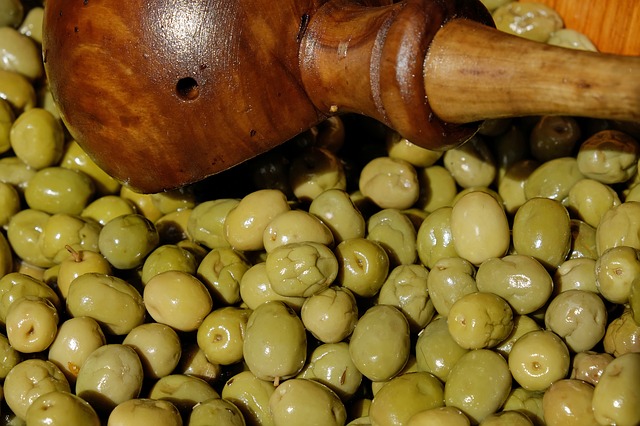
Originally, olive oil was used exclusively for the production of aromatic oils. Later, the ancient Greeks used it in food, in lamps for lighting, for medicinal purposes and as a cosmetic. Olive oil became essential for their daily personal hygiene and body care. Women used it to cleanse their skin and as a moisturizer after bathing.
While men used to rub it on their bodies before exercising or before going into battle.
Honey
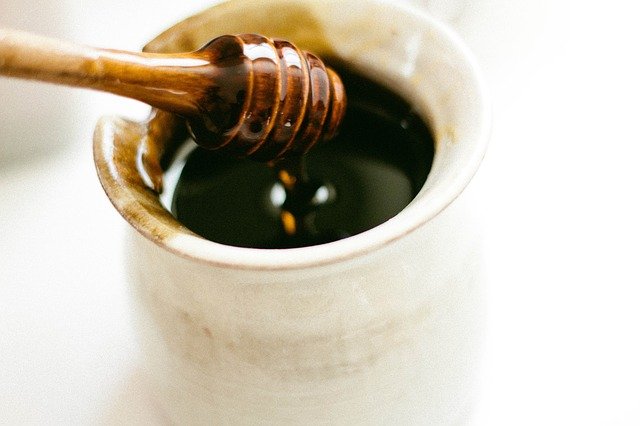
Honey, as it has numerous beneficial properties, was also one of the main ingredients in the cosmetics of the ancient Greeks and seems to have been used for this purpose as early as 5,000 BC. At that time, skin care products were based on bee products, goat’s milk, flowers, herbs and olive oil. Minoan women used to enjoy evening baths with honey and milk, which nourished and hydrated their skin.
Lead
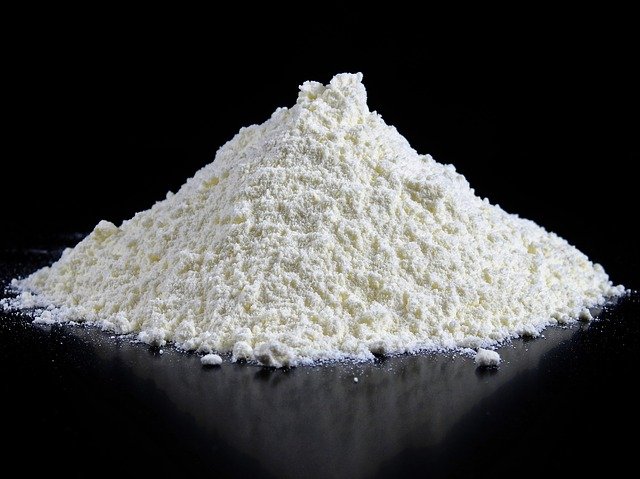
As the destructive effects of lead were not yet known, its use as an ingredient in cosmetics was widespread. Women used to apply a base of chalk powder and white lead to their face to achieve the aforementioned paler look. They also used lead as a base for beauty masks to remove impurities from the skin.
Charcoal
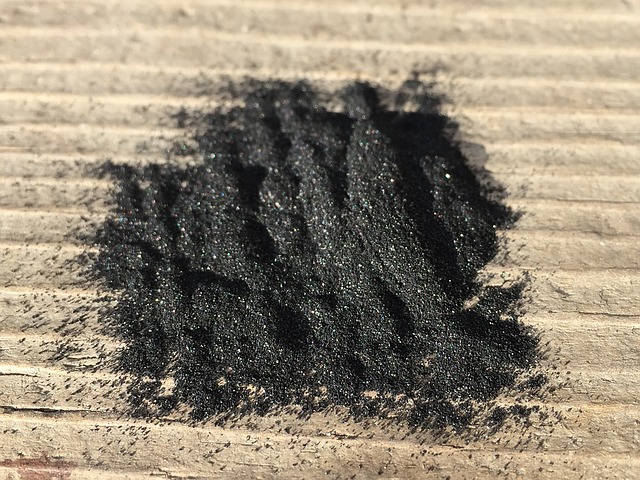
Ancient Greek women, like today’s women, loved the intense look. They used charcoal and ash to create a black powder which they used as eyeliner and as an eyeshadow. They also used the same material to accentuate their eyebrows, which at that time they wanted them full, intense and united in the centre, what we now call a unibrow.
Natural colours and dyes
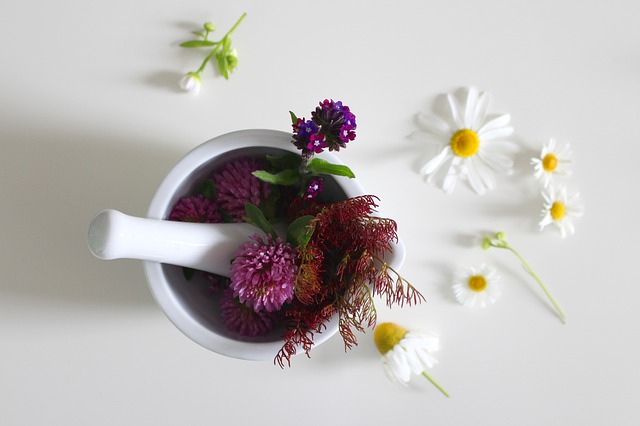
Herbs, flowers, vegetables and fruits such as roses, anemones, lotus flowers, daisies, lavender, chamomile, roots, red wine and mastic were some of the ingredients used to create makeup and skincare products. Red pigments from vegetables such as beetroot are used in the same way as today’s lipstick and blush.
Many of the materials used in Ancient Greece for the creation of their cosmetics are still used today in the beauty industry. Olive oil, honey and beeswax are some of them, as, even after so many years, their beneficial properties are irreplaceable.

